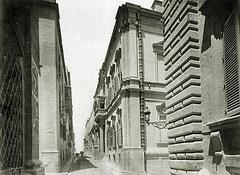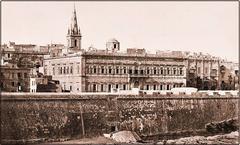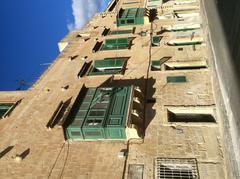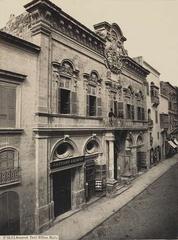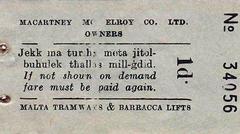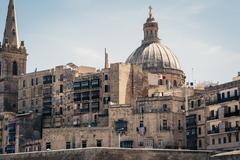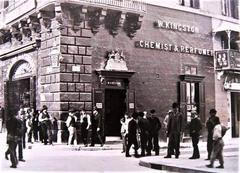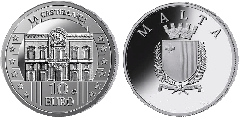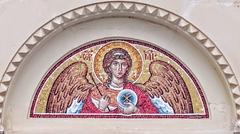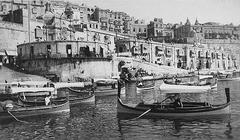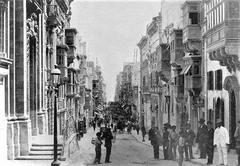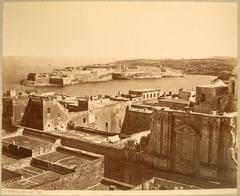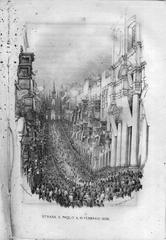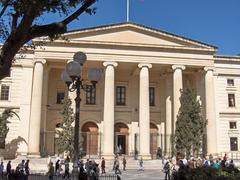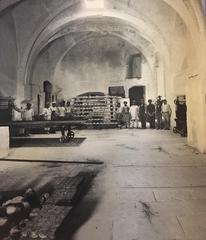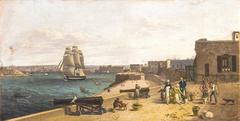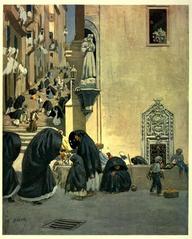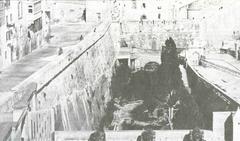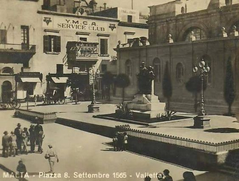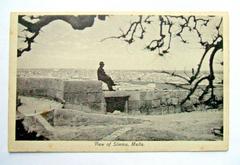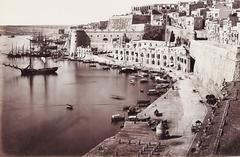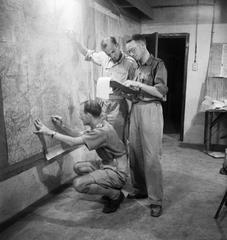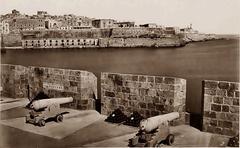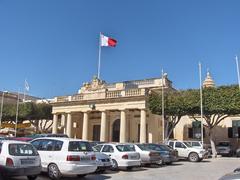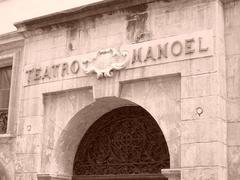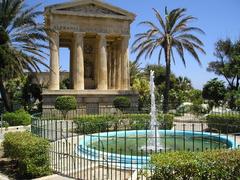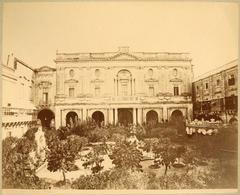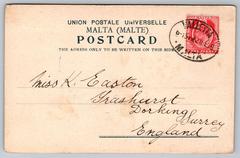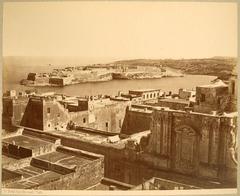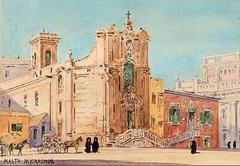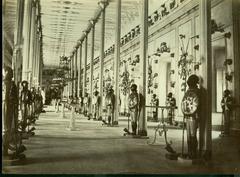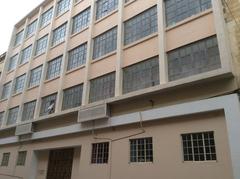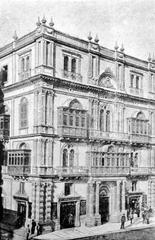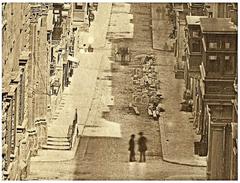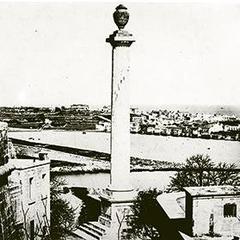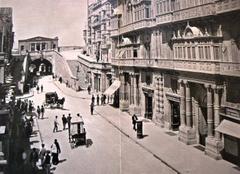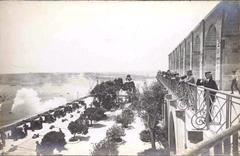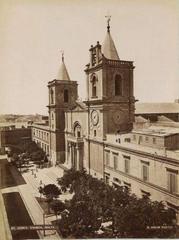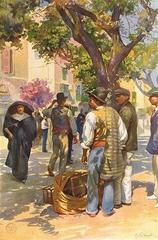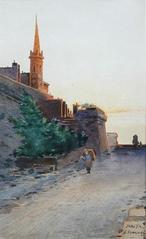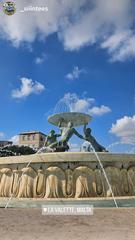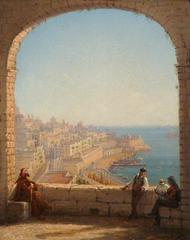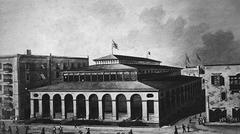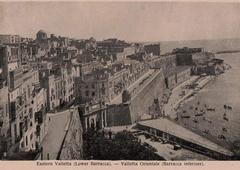
Valletta Fortifications: Complete Guide to Visiting Hours, Tickets, and Historical Sites
Date: 14/06/2025
Introduction
Valletta’s fortifications, dramatically situated on the Sciberras Peninsula between Marsamxett Harbour and the Grand Harbour, are among Europe’s most remarkable military structures. Built after the pivotal Great Siege of 1565, these bastions, walls, and forts not only protected Malta from Ottoman invasion but also shaped Valletta into a strategic Mediterranean stronghold. Today, they stand as a UNESCO World Heritage Site, offering visitors a journey through centuries of military innovation, cultural evolution, and urban transformation.
This guide provides detailed information on the history, architecture, and visitor experience of Valletta’s fortifications. It covers opening hours, ticketing, accessibility, travel tips, and highlights nearby attractions and ongoing preservation efforts. Whether you are a history enthusiast, architecture lover, or cultural explorer, Valletta’s fortifications promise an unforgettable experience at the heart of Malta.
Table of Contents
- Historical Origins and Strategic Purpose
- Architectural Evolution: Bastions, Walls, and Outworks
- Key Fortification Sites and Features
- Visitor Information: Hours, Tickets, and Accessibility
- Nearby Attractions and Special Events
- Preservation Efforts and Adaptive Reuse
- Integration into Modern Urban Life
- Community Engagement and Cultural Impact
- Frequently Asked Questions
- Summary and Call to Action
- Sources
Historical Origins and Strategic Purpose
Following the Great Siege of 1565, Grand Master Jean Parisot de Valette and the Knights of St. John commissioned a new fortified city to secure Malta’s future. Valletta’s location—a rocky peninsula flanked by two deep harbours—was chosen for optimal defensive advantage, allowing control over maritime access and ensuring resilience against future invasions. The initial design, led by Francesco Laparelli and completed by Girolamo Cassar, introduced Renaissance ideals of urban planning, resulting in a grid city layout interlaced with formidable defensive works (Malta Uncovered, whereinmalta.com).
Architectural Evolution: Bastions, Walls, and Outworks
Early Construction (1566–1571)
Laparelli’s design incorporated massive bastions (St. John, St. Michael, St. James), curtain walls, and deep moats, using the peninsula’s natural elevations for enhanced defense. The city’s robust bastioned trace allowed for overlapping fields of fire, a cutting-edge military concept in the 16th century (lovemalta.com).
Expansion and Reinforcement
In the 17th and 18th centuries, additional outworks such as ravelins, counterguards, and cavaliers (elevated artillery platforms) were added. Fort St. Elmo was expanded into a star-shaped stronghold that guarded both harbours, while the city’s main gate and approach were continually reinforced (Malta Uncovered).
British Modifications
The British era saw the installation of modern artillery, the Saluting Battery, new barracks, and, during WWII, crucial underground command centers like the Lascaris War Rooms. These adaptations ensured the fortifications remained relevant to evolving military threats (We Seek Travel).
Key Fortification Sites and Features
- Fort St. Elmo: A star-shaped fortress at the peninsula’s tip, home to the National War Museum and host to cultural events (mymalta.guide).
- St. James and St. John’s Cavaliers: Elevated platforms for artillery, now repurposed as cultural spaces.
- City Gate: The main entrance, dramatically redesigned by Renzo Piano in 2014, bridges past and present (travel-kia.com).
- Saluting Battery: A historic artillery platform with daily cannon-firing ceremonies.
- Lascaris War Rooms: WWII underground command center, accessible via guided tours.
- Upper and Lower Barrakka Gardens: Public gardens atop bastions, offering panoramic views of the Grand Harbour and cityscape (lifepart2andbeyond.com).
Visitor Information: Hours, Tickets, and Accessibility
Opening Hours
- Fort St. Elmo & National War Museum: 9:00 AM–6:00 PM (last entry one hour before closing).
- Lascaris War Rooms: 9:00 AM–6:00 PM, guided tours throughout the day.
- Saluting Battery: Open daily; cannon firing at 10:30 AM and 12:00 PM.
- Fortifications Interpretation Centre: Monday to Saturday.
Hours may vary seasonally and on public holidays. Always check official websites for current details.
Tickets
- Fort St. Elmo & National War Museum: €10–€15 (adults), discounts for students, children, and seniors.
- Lascaris War Rooms: From €12 (guided tour included).
- Saluting Battery: Free viewing from Upper Barrakka Gardens; close-up guided tours from €3.
- Interpretation Centre: Free or low-cost admission.
Combined tickets and family packages are available online and at entrances. Advance online purchase is recommended to avoid queues (Heritage Malta).
Accessibility
- Key sites and museums provide ramps, lifts, and accessible restrooms.
- Some historic areas still have steep steps and uneven surfaces; visitors with mobility needs should check access in advance (malta-tourist-guide.com).
- Public transport and shared mobility options (bikes, scooters) are available near City Gate.
Nearby Attractions and Special Events
- Upper and Lower Barrakka Gardens: Scenic overlooks and public spaces.
- Valletta Waterfront: A promenade of restaurants and shops, converted from historic warehouses.
- Republic Street: Lined with museums, cafes, and boutiques.
- Annual Festivals: Malta International Fireworks Festival, Notte Bianca, and arts events frequently animate the fortifications (culture-malta.org).
Preservation Efforts and Adaptive Reuse
Since designation as a UNESCO World Heritage Site, Valletta’s fortifications have been at the center of major restoration projects. Efforts include the restoration of Fort St. Elmo, rebuilding of historic chapels, and adaptive reuse of bastions as museums, gardens, and event venues. The Fortifications Interpretation Centre presents interactive exhibits on conservation and Malta’s defensive history (thetouristchecklist.com).
Ongoing works focus on stabilizing walls, conserving original materials, and ensuring accessibility for all visitors. Advocacy organizations and community groups are actively involved in maintaining the balance between preservation and public benefit (culture-malta.org).
Integration into Modern Urban Life
The fortifications have become integral to Valletta’s daily rhythm, serving as promenades, gardens, and venues for cultural events. The pedestrianized city center and green spaces within bastions foster community interaction and leisure. Adaptive reuse has brought new life to historic spaces, with museums, galleries, and cafes now occupying former military structures (twoemptypassports.com).
Community Engagement and Cultural Impact
Valletta’s fortifications are powerful symbols of Maltese identity and resilience. Through guided tours, educational programs, and festivals, residents and visitors alike engage with this living heritage. Restoration projects emphasize not only the preservation of stone and mortar but also the revitalization of Valletta as a vibrant, inclusive city (gasanmamo.com).
Frequently Asked Questions
Q: Are Valletta fortifications open year-round?
A: Yes, but hours may vary seasonally. Always verify on official sites before visiting.
Q: Where can I buy tickets?
A: Online via Heritage Malta, at site entrances, or through authorized tour operators.
Q: Are the fortifications wheelchair accessible?
A: Major sites have ramps and lifts; some historic areas remain challenging. Check access details ahead.
Q: Are guided tours available?
A: Yes, in multiple languages. Book online or at visitor centers.
Q: What is the best way to explore the fortifications?
A: Walking is ideal for experiencing the compact city and panoramic viewpoints. Early mornings or late afternoons are best for avoiding crowds and heat.
Summary and Call to Action
Valletta’s fortifications are a masterpiece of military architecture and urban planning, echoing centuries of resilience, adaptation, and cultural pride. From the imposing bastions and star-shaped Fort St. Elmo to scenic gardens and vibrant event spaces, these limestone walls offer both a historical journey and a living connection to Malta’s heritage.
Plan your visit using official resources for the latest on opening hours, ticket options, and guided tours. Enhance your experience with the Audiala app for audio commentary and real-time updates. Don’t miss the chance to immerse yourself in Valletta’s rich history—where every stone tells a story of defense, survival, and renewal.


